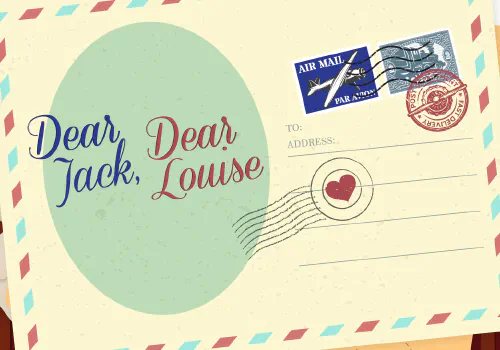This stirring musical begins on a sweltering day in Philadelphia, May 8, 1776. The Second Continental Congress is in session, and John Adams, the Massachusetts representative, is enumerating his grievances against King George III and lobbying for independence. The other delegates, already divisive and annoyed by his arguments, demand, in the song “Sit Down, John” that he be quiet.
Frustrated that his views have not prevailed Adams seeks out Benjamin Franklin, who is having his portrait painted. Franklin reminds Adams that no colony ever successfully broke away from its parent country. He also notes that because the members of the Congress dislike Adams he might find someone else to present the idea of independence.
Richard Henry Lee, a delegate from Virginia, arrives at Franklin’s request and offers to secure a proposal from the Virginia legislature himself. When his ability to do this is questioned, Lee explains that his illustrious family history makes him perfect for the job.
When Lee returns from Virginia with the proposal for independence the Congress is once again thrown into roiling debate. Some members, led by John Dickinson, oppose independence and favor simply petitioning George III with their grievances. Adams and Franklin lead the charge toward independence, arguing that it has been a full year since the bloody battles of Lexington and Concord and therefore too late to reconcile with England.
Finally, after much argument, the proposal for independence is put up for vote–with Dickinson’s stipulation that the vote must be unanimous. At this point Adams and Franklin suggest that a declaration be written, prior to the vote, which clearly details their goals. This also serves the purpose of delaying the decision while they attempt to gain more votes in favor of their cause Adams, knowing that he has few supporters in Congress, suggests that someone else write the declaration. Other members of the Declaration Committee pass the task of writing the declaration (with threats of physical force, if needed) to more popular and eloquent Thomas Jefferson.
Jefferson accepts, but is soon frustrated by writer’s block and is unable to concentrate on completing the document. Adams and Franklin determine that Jefferson’s “problem” is that he misses his new bride, Martha, and is unable to focus. Adams arranges for Martha to join her husband in Philadelphia, and they celebrate their love in the song “He Plays the Violin.” Soon after her arrival Jefferson is able to complete the first draft of the document, which Adams and Franklin pronounce as a work of genius.
Congress, however, is quick to find numerous problems with the document. After much debate and frustration, Jefferson agrees to all of the recommended changes, but draws the line when Edward Rutledge of South Carolina passionately opposes the abolition of slavery. With half of the Congress threatening too walk out with Rutledge, Adams and Jefferson concede on the slavery issue and win back the two Carolinas.
After more debate the final vote is cast by James Wilson, who votes in favor not so much because of his own belief in the cause, but because he does not want to be remembered in history as “the man who prevented American independence.”
The play closes as one by one the delegates gather together to sign the Declaration of Independence. In the background, as the curtain falls, the Liberty Bell tolls loudly.









